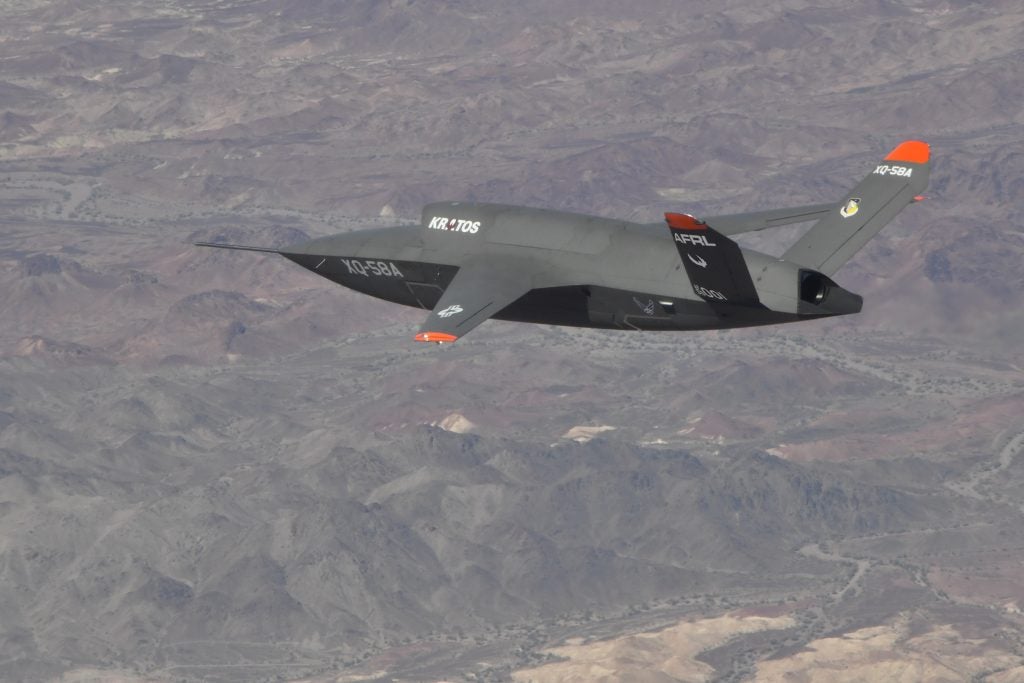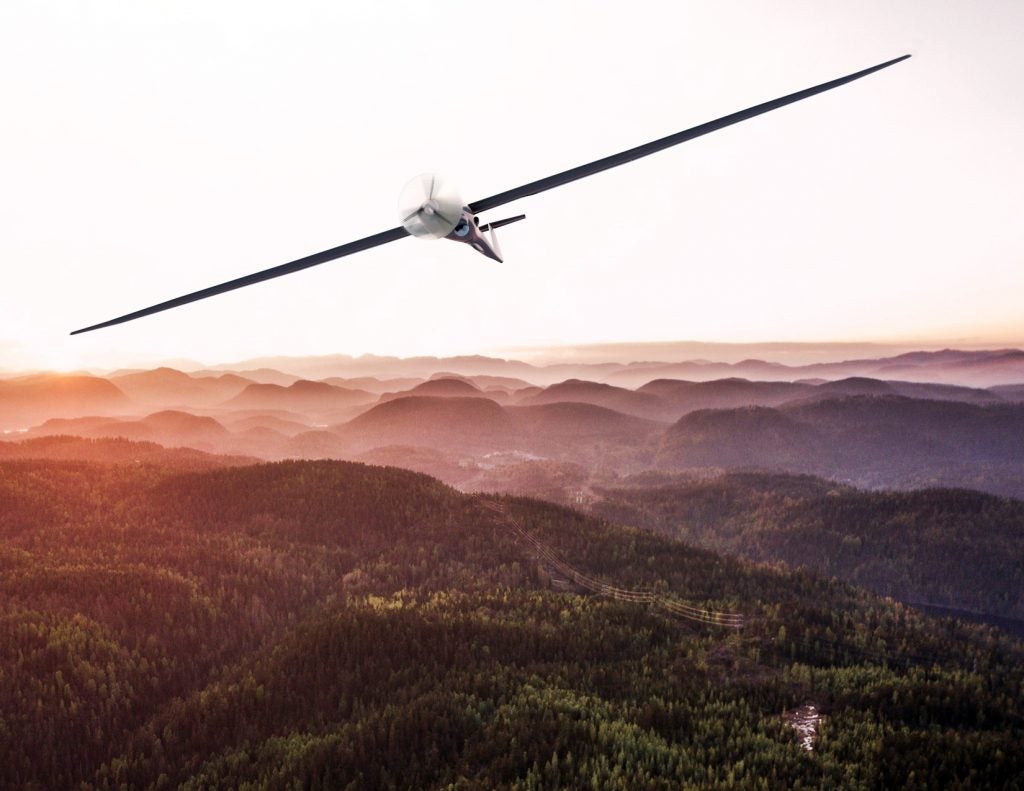Ultra LEAP UAS Completes Initial Flight Testing
The United States Air Force Research Laboratory’s (AFRL) Center for Rapid Innovation (CRI) have announced they have successfully completed initial flight testing for the Ultra LEAP. A new unmanned aerial system (UAS) intended for use in intelligence, surveillance, and reconnaissance (ISR) missions.
The system dubbed the Ultra Long Endurance Aircraft Platform (Ultra LEAP) entered its flight testing phase back in February this year, at the Dugway Proving Ground facility in Utah. The initial testing phase concluded on 11 December, when the drone finished a two and a half-day continuous flight, with longer test runs to be conducted.
Ultra LEAP is a converted commercial airframe originally designed to be a high performance, economic sport-class drone. CRI’s modifications made it a fully automated system fitted with the capability of autonomous takeoff and landing, anti-jam GPS, satellite-based command and control, and high-rate ISR data relay link.
A two and a half-day flight may not be a striking achievement for commercial products in the field today, but it marks a leap forward for the US armed forces. Because the UAS is based on an existing commercial model, it was possible to achieve the first flight in less than 10 months, and the drone could be operation-ready inside 2020. In addition, the Ultra LEAP’s highly automated nature translates to additional cost and time savings for the US Air Force in regards to personnel training have
“As the Air Force balances current readiness with long-term modernization, Ultra LEAP represents an affordable approach that supports both existing and future force needs,” said Maj. Gen. William Cooley, AFRL commander, adding that the “enhanced UAS capabilities along with the cost savings offers the military a winning solution.”

Paul Litke, the AFRL project engineer leading this effort explained that since the system employs many commercial off-the-shelf components, Ultra LEAP will dramatically shift the ISR cost-performance curve for the U.S. military.
The Ultra LEAP project built upon experience gained from the AFRL’s previous successful LEAP UAS program that could manage missions up to 40 hours. LEAP has over 18,000 combat flight hours so far while maintaining one of the smallest crew sizes per mission and the lowest mishap rates among operational UAS units. Both projects are based on existing commercial aircraft and converted into ISR platforms.

